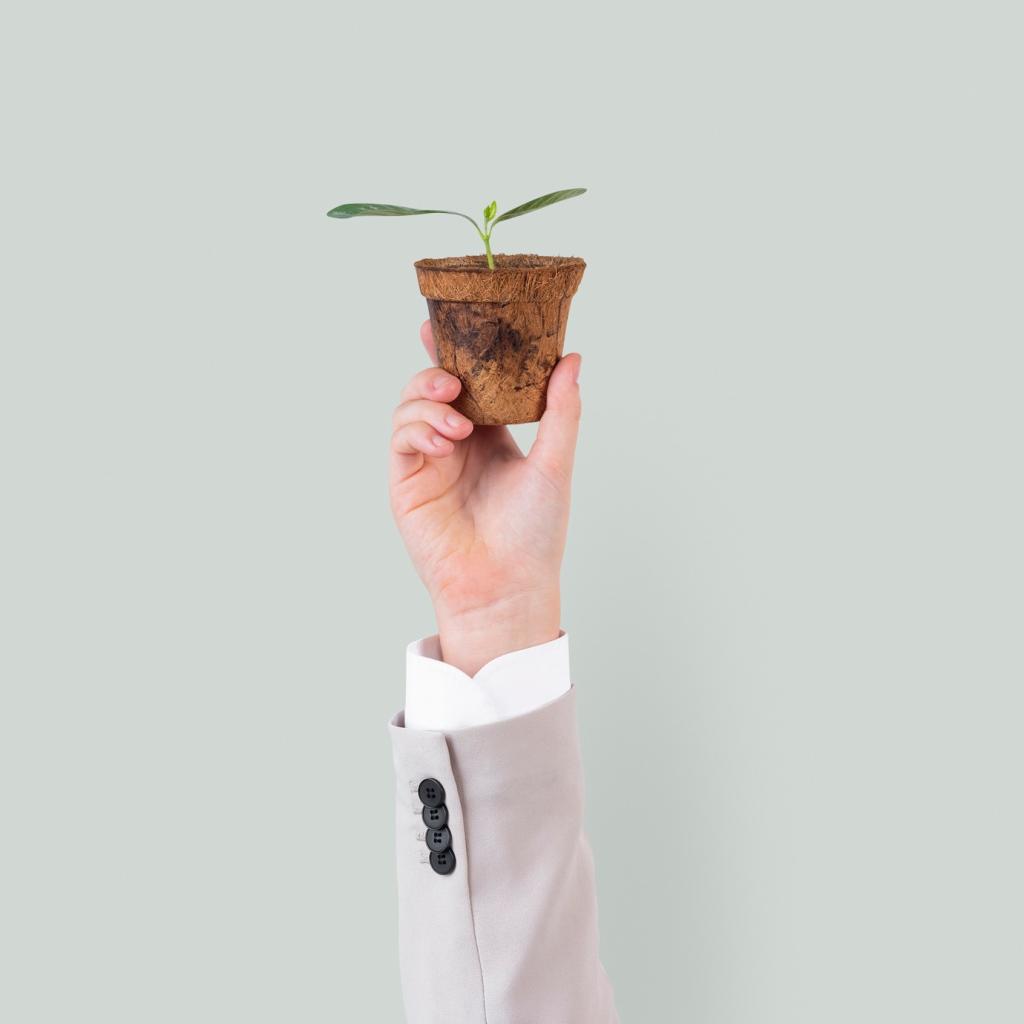This website uses cookies so that we can provide you with the best user experience possible. Cookie information is stored in your browser and performs functions such as recognising you when you return to our website and helping our team to understand which sections of the website you find most interesting and useful.
Water Conservation Techniques in Home Architecture
Water conservation has become a crucial aspect of modern home architecture, driven by increasing concerns over resource scarcity and environmental impact. Innovative design strategies and technological advancements are now central to new buildings and retrofits, ensuring that homes effectively minimize water usage without compromising comfort or aesthetics. By integrating conservation at the architectural level, homeowners can enjoy significant cost savings, foster environmental stewardship, and future-proof their properties against shifting regulations. This page explores key techniques and solutions that architects and homeowners alike can implement to make residences more water-efficient, sustainable, and adaptive to future water demands.
Integrating Smart Plumbing Systems
Leak Detection and Prevention Technologies
Water-Efficient Fixtures and Appliances
Greywater Recycling Systems


Xeriscaping and Plant Selection

Efficient Irrigation System Design


